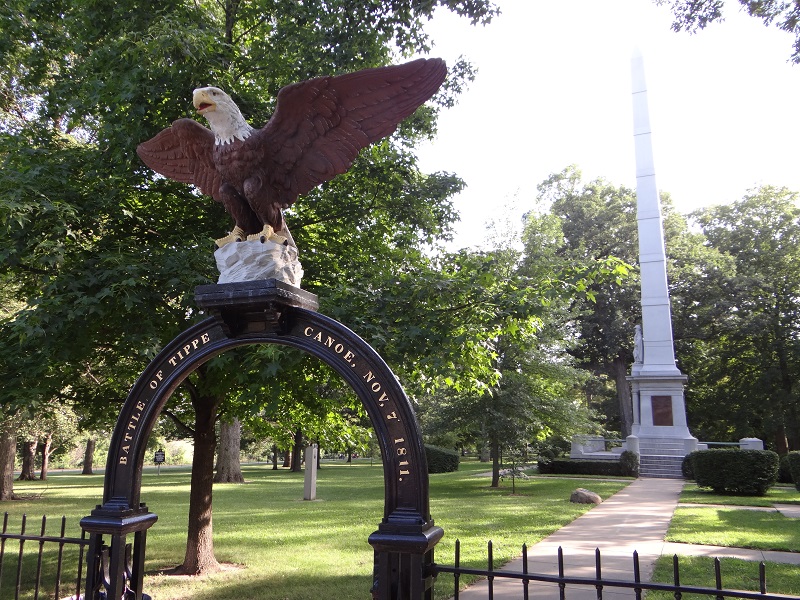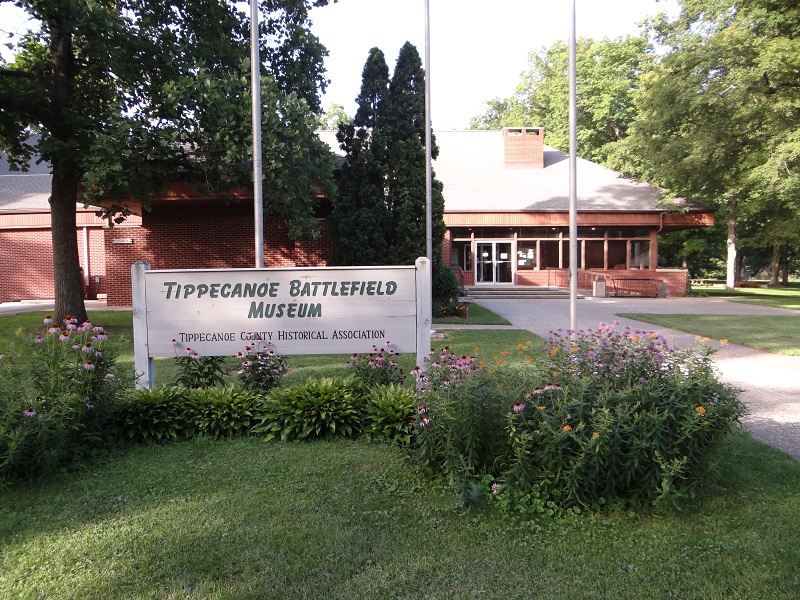Getting There
Battle of Tippecanoe Location: 200 Battle Ground Ave., Battle Ground, Indiana 47920
Nearest Interstate: I-65
From Major Cities (approx): 70 miles NW of Indianapolis, IN; 120 miles SE of Chicago, IL
Plenty of parking available on site.
Time Travel Highlights
Time Period: Modern
Must-See:
- Tippecanoe Battlefield
- Burnett's Creek & Prophet's Rock
- Tippecanoe Battlefield Museum
Trouble is Brewing
In the 1700’s the Tippecanoe area (northwest of what today is Indianapolis, Indiana) was a bustling trading post but by the end of the century, white settlers from the east were pushing in and clashing with the Indigenous people along the way. Several Indigenous Nations, including the Shawnee, had formed an alliance to defend their land but were ultimately defeated at the Battle of Fallen Timbers in 1794. The resulting Treaty of Greenville forced Indigenous leaders to relinquish much of their land to the Anglo-Americans and only exacerbated the violence.
Pushed out of their land in the Ohio Valley, two brothers from the Shawnee Nation founded the town of Prophetstown in the Tippecanoe area in 1808 and went about trying to build a new Alliance to protect their new home. These brothers, Tecumseh and Tenskwatawa (called “The Prophet” by white settlers) set about recruiting other Nations and the town became a hub for training and a safe haven for displaced Nations. By 1811, Prophetstown had grown so large, white settlers in the Ohio and Indiana Territory demanded the new United States government send troops to protect them.
US Soldiers Arrive
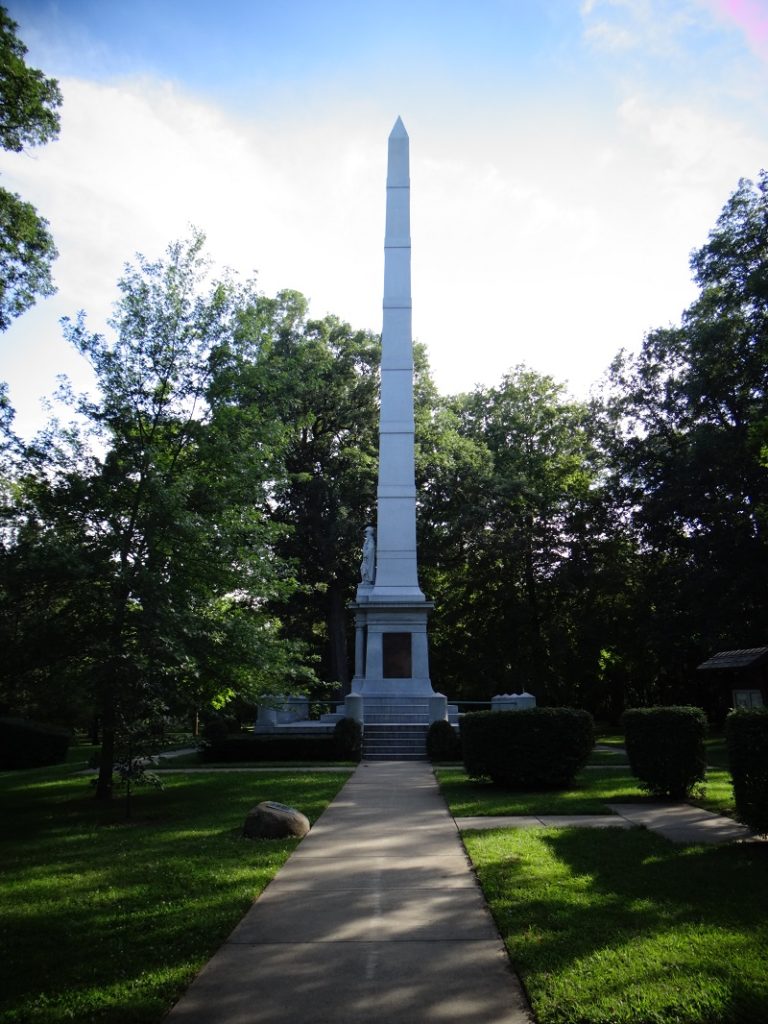

The governor of the Territory, William Henry Harrison, did lead an army to Prophetstown but stopped short of the town and set up camp on a nearby hill a mile away.
Tecumseh was away, trying to recruit other Nations, and Tenskwatawa decided to attack the Americans. He told the warriors he had had a vision that they would be victorious over the Americans and could not be harmed by their bullets. He made his impassioned speech from a rocky promontory along Burnett’s Creek below the soldiers’ camp known today as “Prophet’s Rock”.
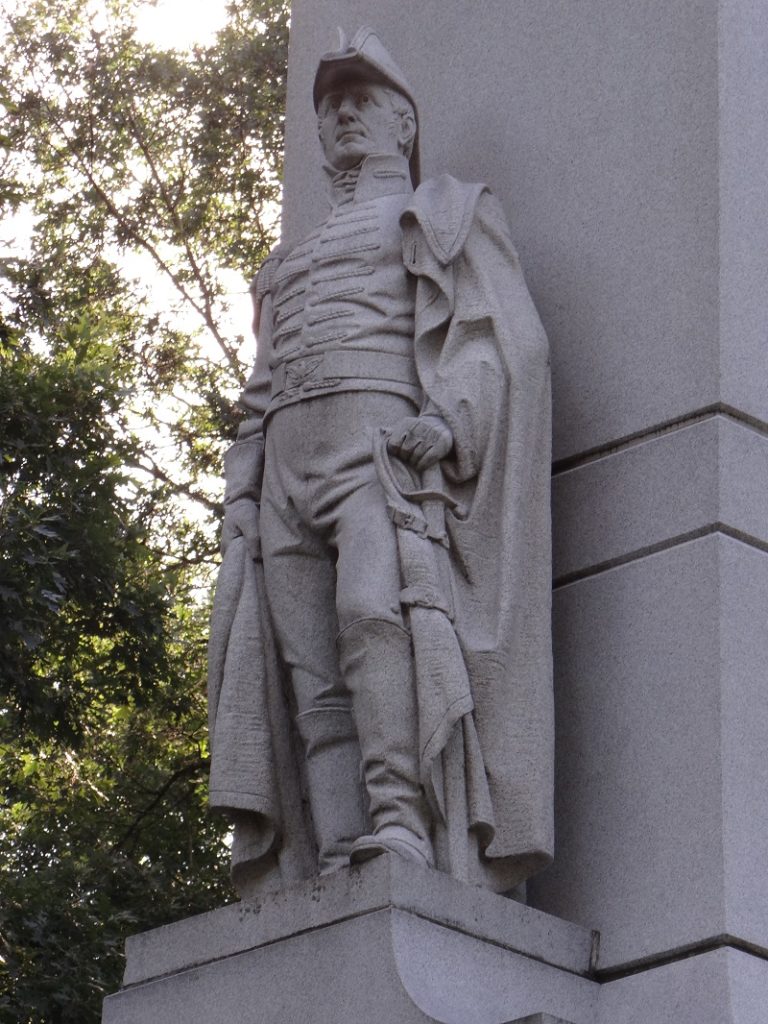
Battle of Tippecanoe
Encouraged by the speech and promise of protection, the Native American warriors surrounded and attacked the camp of roughly 1,000 soldiers on the morning of November 7, 1811. Two hours of fighting ensued but the US militia ultimately held their positions and won the battle.
The Americans suffered heavy casualties, with 126 wounded and 62 killed but were ultimately victorious. It is difficult to know the number of Indigenous casualties as they carried away most of their dead and wounded. The following day, the US army marched on Prophetstown and found it abandoned. They burned it to the ground and left. When Tecumseh returned several weeks later, the town was gone. His goal of a united Native American coalition had died in the battle.
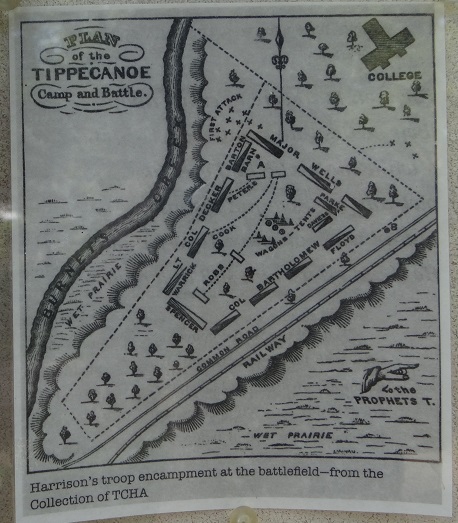
Aftermath
Tecumseh, who was reportedly a smart military strategist, allied with the British in the War of 1812 and was killed in battle at the Thames River in Ontario, east of Detroit in 1813. His death was a significant blow to the Indigenous cause. Tenskwatawa lost his credibility and eventually lived alone with only his family, dying in 1836.
William Henry Harrison became known as “Old Tippecanoe” and went on to win the Presidential election of 1840 running on the slogan “Tippecanoe and Tyler too!” His ended up being the first president to die in office one month after his inauguration and his Vice President, John Tyler succeeded him to office.
Planning a Visit?
The Visitor Center at the site is a nice place to start for some additional context and good aerial perspective of the site, there is an admission fee to go to the museum but there’s no cost to walk to battlefield. The battlefield is an easy and pleasant walk, and is essentially a flattened triangular hilltop. There is a trail that takes you to the creek at the bottom of the hill and out to Prophet’s Rock where Tenskwatawa made his speech to the warriors assuring their victory. It’s an easy walk of about 10-15 minutes.
Monuments dot the site where US soldiers fell but there’s not much recognition of the Indigenous peoples who died in the battle. It’s a quiet, peaceful site today, which does allow for reflection and contemplation of our history.
Post Sources:
[bg_collapse view=”link” color=”#4a4949″ icon=”arrow” expand_text=”Show More” collapse_text=”Show Less” ]
Ohio History Central. “Shawnee“. Accessed 6 May 2021.
Ohio History Central. “Battle of Tippecanoe“. Accessed 6 May 2021.
Battle of Tippecanoe Visitor Center posted information.
[/bg_collapse]

